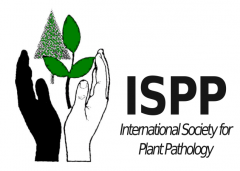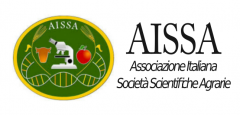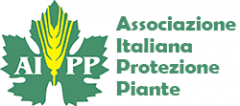GENETIC ANALYSIS OF RESISTANCE TO OROBANCHE CRENATA FORSK IN A PEA PISUM SATIVUM L LOWSTRIGOLACTONE LINE
N. Bardaro, A.R. Marcotrigiano, V. Bracuto, R. Mazzeo, F. Ricciardi, C. Lotti, S. Pavan, L. Ricciardi
doi: 10.4454/jpp.v98i3.3762
Abstract:
Crenate broomrape (Orobanche crenata Forsk.) is a root parasitic weed severely threatening the cultivation of pea (Pisum sativum L.) in Mediterranean agricultural settings. We recently characterized a pea line highly resistant to O. crenata, named ROR12. Analysis of root exudates indi- cated that ROR12 resistance is possibly due to lower exu- dation of strigolactones, carotenoid-derived compounds acting in the rhyzosphere as broomrape germination stim- ulants. Here, we provide a first genetic characterization of ROR12 resistance. Two segregating F2 populations origi- nating from the cross between ROR12 and two susceptible commercial pea cultivars were assayed for response to O. crenata, together with the respective parental lines and F1 generations. Susceptibility of F1 individuals indicated that resistance is recessively inherited. In F2, significant devia- tion from Gaussian distribution suggested that broomrape resistance is not a quantitative trait, as it was previously hypothesized, but is rather controlled by one or a few ma- jor loci. Molecular analysis with RAPD and SSR markers identified a genomic region on pea linkage group 3 associ- ated with the resistant phenotype. Finally, transcriptional evidence was provided, supporting the hypothesis that ROR12 resistance is due to reduced strigolactone biosyn- thesis. Overall, this study provides insights on the control of broomrape resistance and lays the foundation for future work addressing the fine-mapping and cloning of genes controlling strigolactone biosynthesis and/or broomrape resistance.




